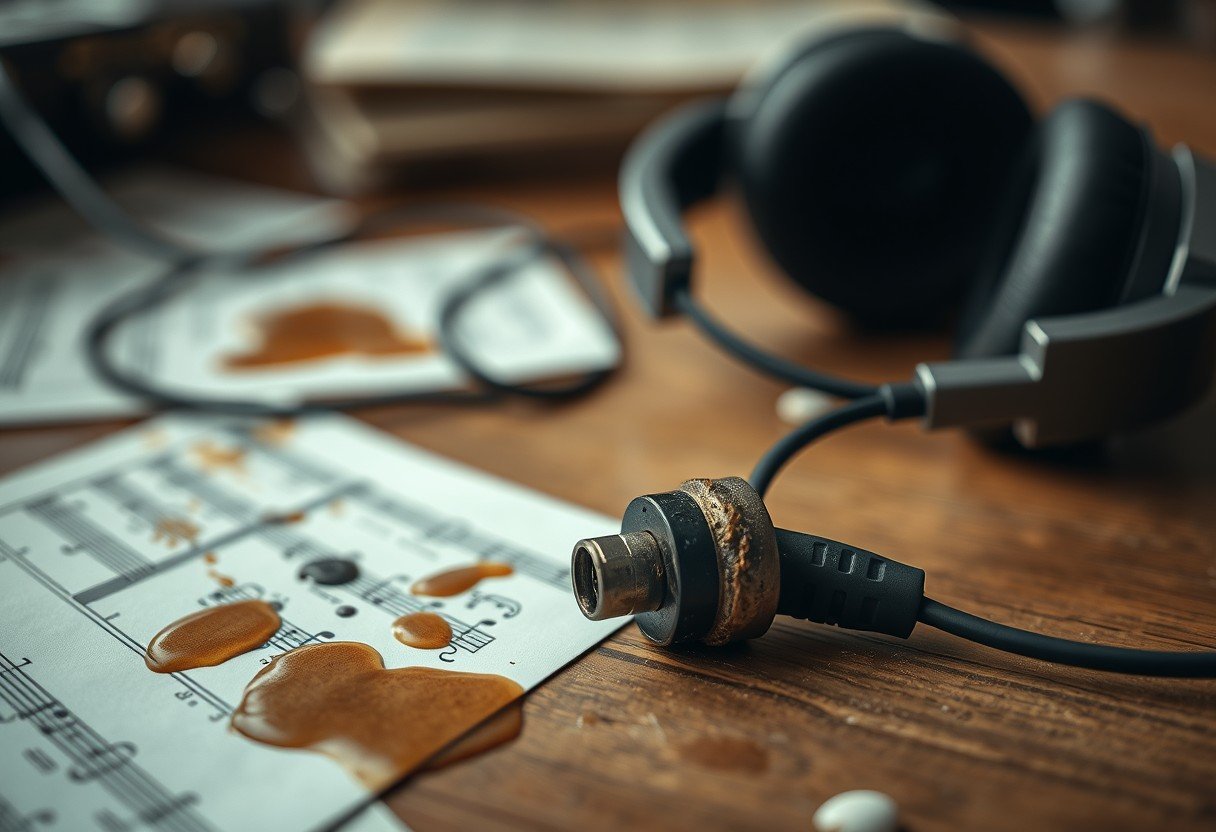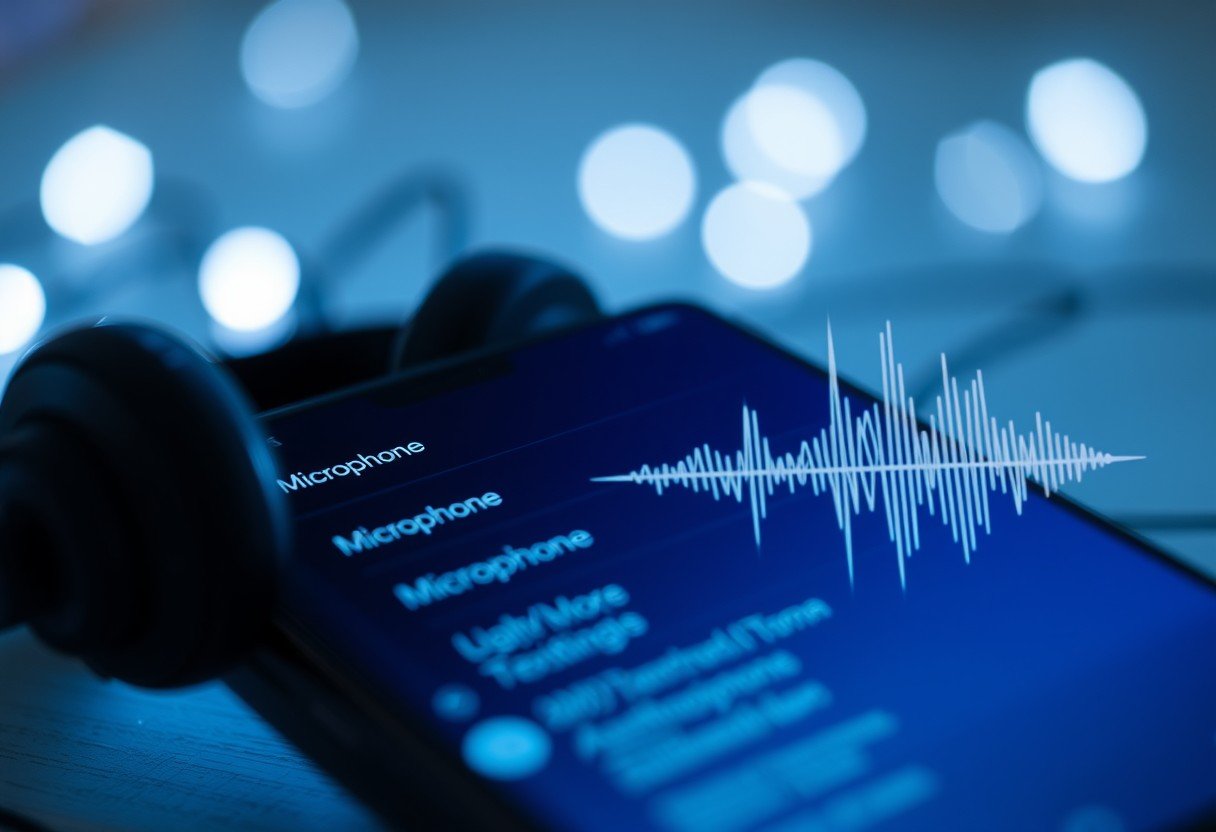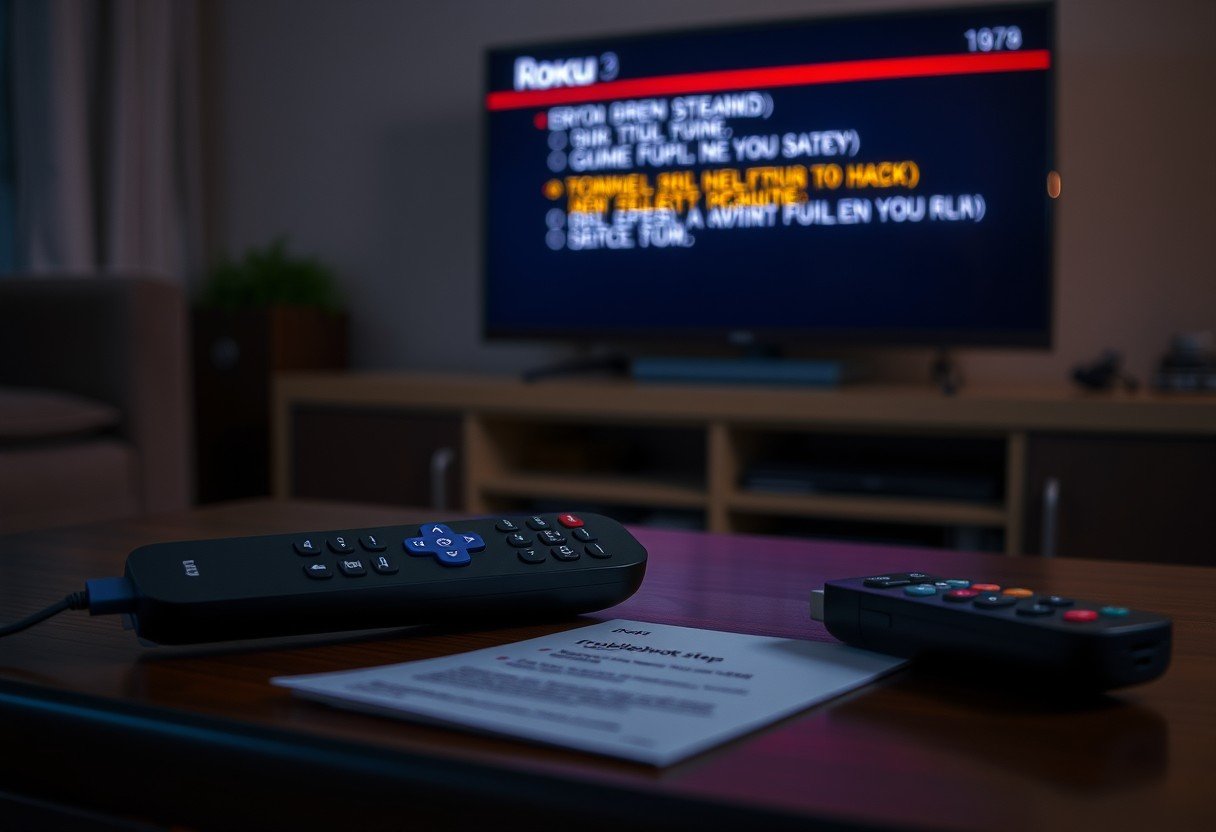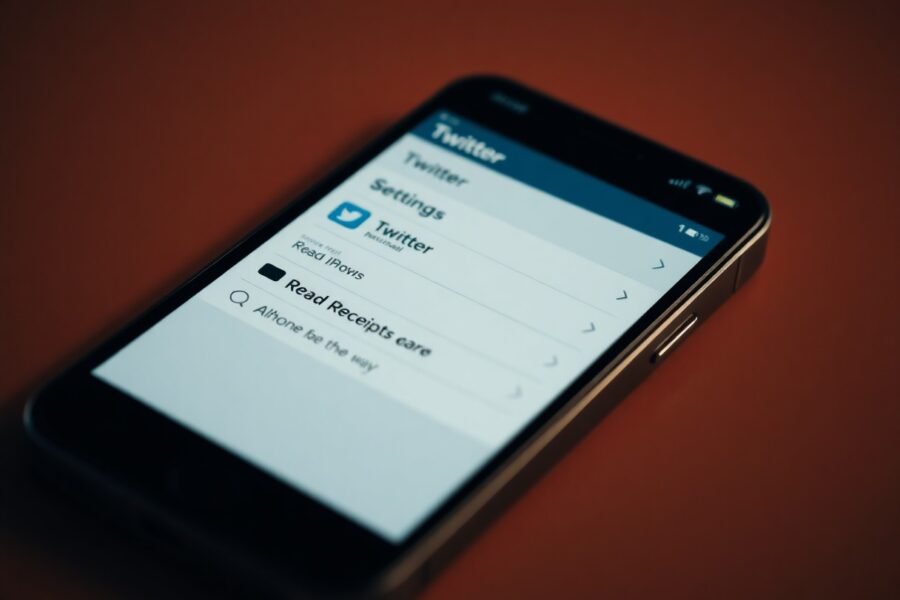Wired headphones can last surprisingly long, often from 2 to 10 years, but this depends heavily on their quality and how you treat them. Their simple design, without batteries to degrade, gives them an edge over wireless models. Understanding what affects their lifespan and how to care for them properly will help you enjoy great sound for years, making your investment worthwhile.
What Determines the Lifespan of Your Wired Headphones?
Several key factors come together to decide how long your headphones will serve you. It’s not just about luck; it’s a combination of how they’re made, how you use them, and the environment they live in.
The most critical element is build quality. Headphones made with durable materials like reinforced plastics or metal will naturally withstand more daily stress than those made from flimsy components. Brands known for quality often invest in stronger cables and sturdier joints, which directly translates to a longer life.
How you handle your headphones daily also plays a huge role. If you frequently yank the plug out by the cord, stuff them into a packed bag, or use them during intense exercise, you’re accelerating wear and tear. Gentle, mindful use will always result in a longer lifespan.
Finally, environmental conditions can silently damage your audio gear. Extreme heat or cold and high humidity can degrade sensitive electronic components and materials over time.
| Environmental Factor | Potential Impact |
| High Temperature | Can damage internal wiring and speaker drivers. |
| Low Temperature | May cause plastic and rubber parts to become brittle and break. |
| High Humidity | Can lead to corrosion on metal connectors and internal parts. |
| Low Humidity | May dry out and crack materials like rubber and leatherette. |
Average Lifespan: From Budget Buys to Premium Picks
The price tag on wired headphones often correlates with their durability. While you can find a bargain, it might not last as long as a more expensive, well-built pair.
Budget-friendly headphones, typically from generic brands, tend to last between 1 to 3 years. They often use lower-quality materials that are more prone to breaking, especially at stress points like the cable jack and where the cable enters the ear cups.
On the other hand, premium models from respected brands like Sennheiser, Sony, and Audio-Technica can easily last for 5 to 10 years, and sometimes even longer. Investing more upfront in a pair known for robust construction, such as the Audio-Technica ATH-M50X, often means you save money in the long run by not needing frequent replacements. These models are designed for longevity and often feature replaceable parts like cables and ear pads.
Proactive Care: Simple Habits for Longer Headphone Life
You don’t have to be an expert to make your headphones last longer. A few simple, consistent habits can dramatically extend their lifespan and keep them sounding great.
Proper storage is arguably the most effective way to prevent damage. Instead of tossing your headphones onto a desk or into a drawer, use the case or pouch they came with. This protects them from dust, spills, and accidental crushing. If they didn’t come with a case, buying a cheap one is a wise investment.
Adopting good habits during use and storage can make a huge difference. By being mindful of these small details, you prevent the most common types of damage.
- Avoid wrapping the cable too tightly around your device or your hand, as this strains the internal wires.
- Keep them away from extreme temperatures, like direct sunlight or a freezing car.
- Use a cable organizer or a simple Velcro tie to keep the cord from tangling in your bag.
- Regularly clean the ear cups and cables with a soft, dry cloth to remove dirt and oils.
Finally, make a habit of inspecting your headphones regularly. Look for early signs of wear on the cable, jack, and ear pads. Catching a small issue early, like a slightly frayed cord, gives you a chance to fix it before it becomes a complete failure.
Spotting the Signs of Wear and Tear
All headphones will eventually show their age. Recognizing the early warning signs of wear and tear allows you to address problems before they ruin your listening experience or lead to a complete breakdown.
The first clue is often a change in sound quality. You might notice distortion at higher volumes, crackling sounds when the cable moves, or an imbalance where one side is quieter than the other. If you constantly find yourself fiddling with the cable to get clear audio, the internal wiring is likely damaged.
Physical damage is much easier to spot. Look closely for frayed cables, especially near the audio jack and the ear cups, which are high-stress areas. Other signs include cracked plastic on the headband or ear cups and worn-out, flaking ear cushions. These issues not only affect comfort but can also impact sound quality by changing how the headphones sit on your ears.
The Big Decision: Should You Repair or Replace Them?
When your trusty headphones start to fail, you face a common dilemma: is it better to repair them or buy a new pair? The answer usually comes down to the cost of the repair versus the value and age of the headphones.
Many common issues with wired headphones are surprisingly fixable. Replacing worn-out ear pads is an easy and affordable DIY job. A broken wire or a faulty connector can also be repaired by someone with basic soldering skills or by a professional electronics repair service. For high-end models, these repairs are almost always worth it.
However, there comes a point when replacement is the smarter choice. If the cost of repairs is approaching or exceeds the price of a new pair, it’s time to let them go. Persistent issues like sound distortion that isn’t related to the cable may indicate a failing driver, which is a much more serious and expensive repair. This is also a good opportunity to upgrade to a model with better durability, improved sound, or new features.
Eco-Friendly Ways to Handle Old Headphones
When your headphones reach the end of their life, think twice before tossing them in the trash. Electronic waste, or e-waste, is a growing environmental problem, and headphones contain materials like plastic and heavy metals that can harm the planet if sent to a landfill.
Fortunately, there are responsible ways to dispose of them. Look for local e-waste recycling programs in your community. Many cities and electronics stores offer drop-off points for old gadgets. These programs ensure that valuable materials are recovered and hazardous substances are disposed of safely.
Some manufacturers also have their own take-back programs, allowing you to mail in old products for recycling. By making a conscious choice to recycle, you help reduce pollution and support a more sustainable electronics industry.
Frequently Asked Questions
What is the most common reason wired headphones fail?
The cable is the most frequent point of failure. Constant bending, pulling, and tangling can damage the delicate internal wires, especially near the audio jack or where the cable enters the ear cups, leading to sound cutting out.
How long can I expect budget wired headphones to last?
With regular use, most budget headphones last between 1 to 3 years. Their lifespan is often limited by the use of less durable materials in their cables and overall construction.
Is it worth investing in more expensive headphones for longevity?
Yes, for frequent users, investing in a higher-quality pair is often worth it. More expensive models are built with better materials, feature stronger designs, and often have replaceable parts like cables and ear pads, which can significantly extend their usable life.
Can I make my headphones last longer?
Absolutely. Simple habits like storing them in a protective case, avoiding yanking on the cable, and keeping them clean can dramatically increase their lifespan and prevent common types of damage.
Are wired headphones easier to repair than wireless ones?
Yes, generally they are. The simpler design of wired headphones, without batteries, Bluetooth chips, or complex internal electronics, makes them easier and cheaper to diagnose and repair for common issues like a broken cable or faulty jack.








Leave a Comment